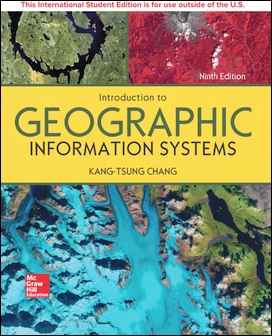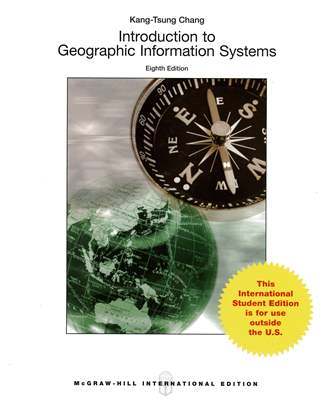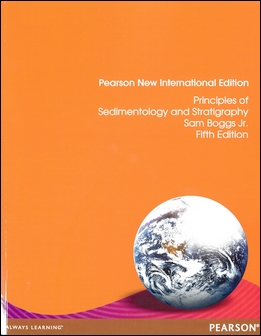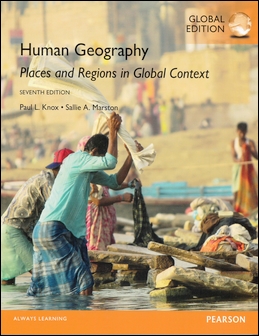書籍分類
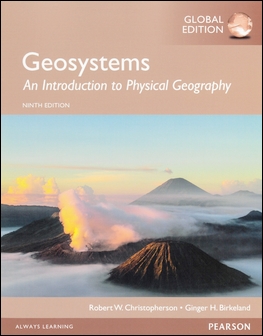
Geosystems: An Introduction to Physical Geography 9/e
作者:Robert Christopherson, Ginger Birkeland
原價:NT$ 1,830
ISBN:9781292057750
版次:9
年份:2015
出版商:Pearson Education
頁數/規格:688頁/平裝彩色
參考網頁:Geosystems: An Introduction to Physical Geography 9/e
版次:9
年份:2015
出版商:Pearson Education
頁數/規格:688頁/平裝彩色
參考網頁:Geosystems: An Introduction to Physical Geography 9/e
內容介紹 本書特色 目錄
- Description
- Personalize learning with MasteringGeography: MasteringGeography provides students with engaging and interactive experiences that coach them through introductory physical geography with specific wrong-answer feedback, hints, and a wide variety of educationally effective content.
- Leverage strong pedagogical tools and a structured active learning path: The text reinforces central hallmark physical geography themes of Earth systems, human-Earth relations, and global climate change by providing a consistent framework for mastering chapter concepts.
- Teach with current and relevant content. An emphasis on currency provides students with compelling reasons for learning physical geography.
Among the most highly regarded in physical geography, Robert Christopherson’s bestselling texts are known for their meticulous attention to detail, currency, accuracy, and rich integration of climate change science. Geosystems: An Introduction to Physical Geography, Ninth Edition is uniquely organized to present Earth systems topics as they naturally occur: atmosphere, hydrosphere, lithosphere and biosphere. This interconnected and organic systems-based approach is highlighted in the strong pedagogical tools, structured learning path, and up-to-date information found in the text. This new edition presents bold new features that cultivate an active learning environment both in and outside the classroom.
The Ninth Edition can be made available with MasteringGeography™ , the most effective and widely used online tutorial, homework, and assessment system for the sciences. Note: You are purchasing a standalone product; MasteringGeography does not come packaged with this content. MasteringGeography is not a self-paced technology and should only be purchased when required by an instructor.
MasteringGeography will provide an interactive and engaging learning experience for your students. Here’s how:



